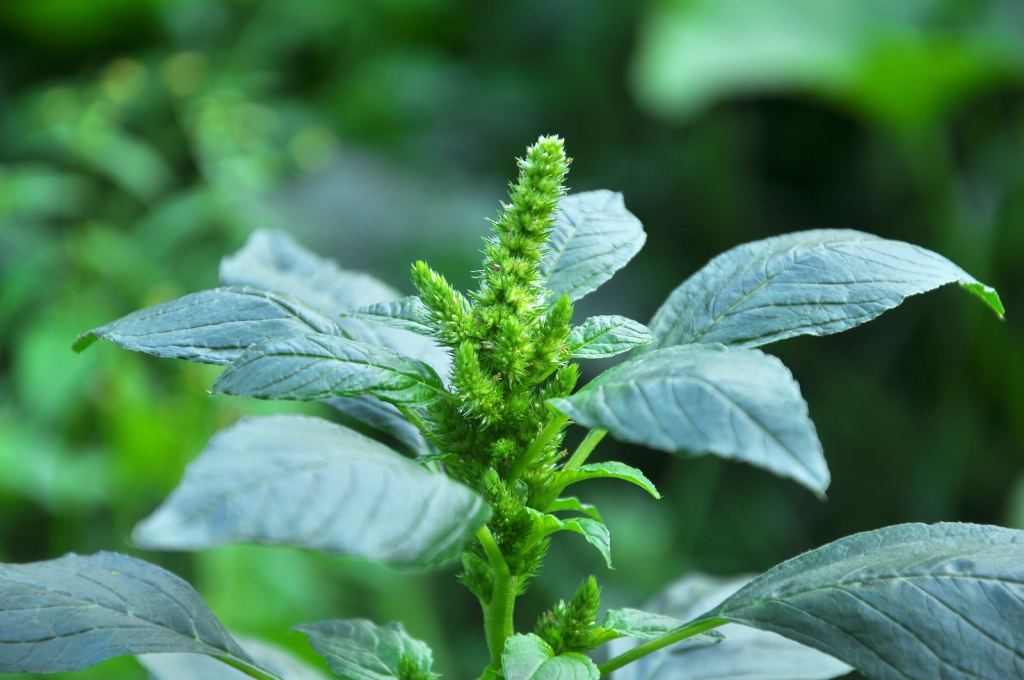Identifying and Managing Invasive Species That Threaten Native Plantings
The success of any Conservation Reserve Program (CRP) project depends on establishing strong, diverse stands of native vegetation. However, one of the most common threats to that success, particularly during the early stages of establishment, is the invasion of aggressive weeds. These opportunistic plants compete for sunlight, water, and nutrients, often outpacing slow-growing native species and undermining long-term CRP goals.
At FDCE, we know that effective weed control is essential for CRP success. This post outlines some of the most common problem weeds encountered in CRP fields and shares proven strategies for controlling them.
Why Weed Control Matters in CRP
Weeds are more than just a visual nuisance. In CRP plantings, invasive and noxious weeds can:
- Outcompete native grasses and forbs
- Compromise habitat goals for pollinators and wildlife
- Reduce soil stabilization and water quality benefits
- Lead to CRP contract non-compliance and lost reimbursements
Effective weed management, especially during the first two years of establishment, is critical to achieving a healthy, self-sustaining native plant community.
Common Weeds Found in CRP Fields
Palmer Amaranth (Amaranthus palmeri)
One of the most aggressive and fast-spreading invasive weeds in the Midwest and South, Palmer amaranth is a major threat to CRP plantings. It is glyphosate-resistant in many regions and can produce hundreds of thousands of seeds per plant.
FDCE tests all seed lots for Palmer amaranth and refuses to plant any contaminated seed.
Canada Thistle (Cirsium arvense)
This perennial invader spreads both by seed and underground rhizomes. It is difficult to control once established and can quickly form dense monocultures that displace native species.
Smooth Brome (Bromus inermis)
A non-native cool-season grass often planted for forage in the past, smooth brome invades native plantings and alters plant community structure over time.
Sericea Lespedeza (Lespedeza cuneata)
Commonly found in the central U.S., this invasive legume forms dense stands, shades out native vegetation, and offers little wildlife value.
Johnsongrass (Sorghum halepense)
An aggressive perennial grass that spreads by rhizomes and seed, Johnsongrass is highly competitive and listed as a noxious weed in many states.
FDCE’s Approach to Weed Control in CRP Projects
FDCE utilizes a comprehensive, site-specific strategy to manage weeds and maximize the success of CRP plantings:
Pre-Planting Herbicide Application
Prior to seeding, we apply tailored herbicide treatments designed to knock back existing vegetation, reduce the weed seed bank, and create an ideal seedbed for native species.
Timed Mowing and Spot-Spraying
During the establishment period, we monitor fields and apply mechanical or chemical controls as needed. Mowing prevents weeds from seeding, while selective herbicides target specific invasive plants.
Custom Herbicide Plans
We develop a site-specific herbicide program for every CRP project we manage, choosing the right chemicals, timing, and methods based on your field’s unique conditions and CRP practice requirements.
Long-Term Monitoring and Maintenance
We provide ongoing support for maintenance years, helping landowners adapt their management approach as plant communities mature and new weed pressures arise.
Proactive Management = Long-Term Success
CRP fields that are closely managed in the first 1–3 years are more likely to:
- Achieve full stand establishment
- Develop desirable native species diversity
- Resist future weed invasions naturally
- Meet NRCS and FSA compliance standards
FDCE’s proven track record, over 400,000 acres established with a 97% success rate, shows that thoughtful weed control is a foundational element of successful habitat creation.
Need Help With Weeds in Your CRP Field?
Don’t let invasive species take control of your investment. FDCE’s expert team can assess your site, identify weed risks, and develop a full-service plan to ensure your CRP land thrives.
Contact us today to learn more about how we can support your weed management and CRP success from the ground up.

